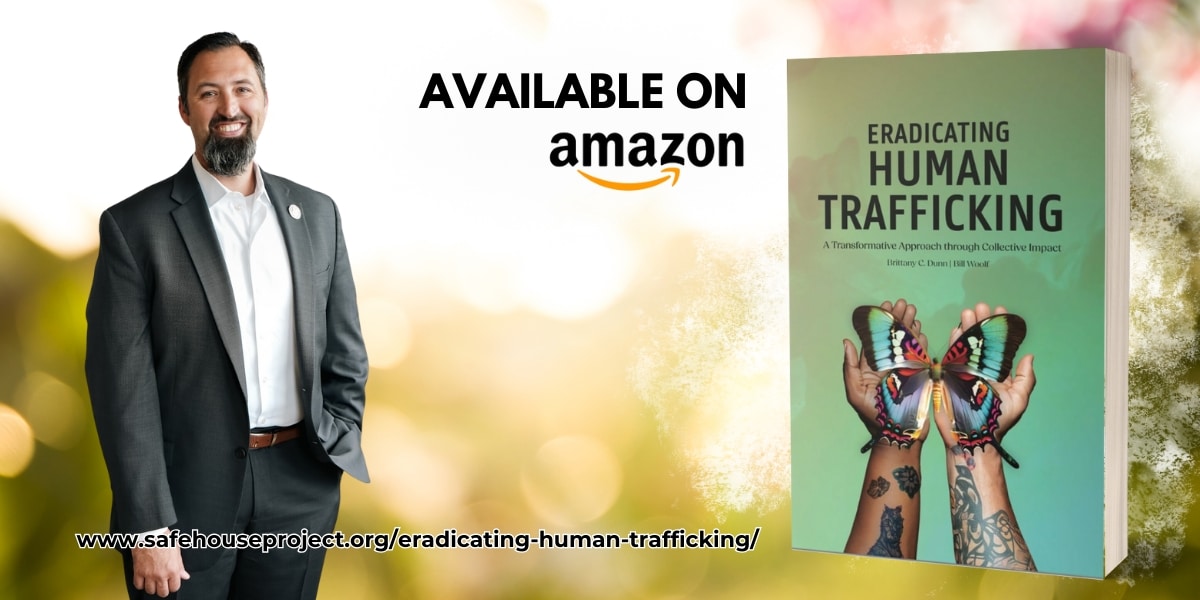By: Marcy Paulson
The vitality of today’s Main Street businesses is a fading ember amidst the blaze of urbanization and digital marketplaces. However, Opportunity Zones invite entrepreneurs and investors to fan these flames back to life.
“Our OZ Accelerator Program is a three-month online initiative,” says Ashley Tison, founder of OZPros. “We empower entrepreneurs with essential skills and resources and then connect them with the potential of Opportunity Zones and investors. Through the program, they unlock unprecedented opportunities to grow and scale their companies while learning the benefits of tax incentives that help them access capital.”
Rekindling the spirit of Main Street
Created under the 2017 Tax Cut and Jobs Act, Opportunity Zones are designated census tracts identified as needing economic revitalization. The initiative encourages private investment in these distressed areas by offering tax incentives.
Opportunity Zones present a unique frontier for investors. By channeling investments into qualifying businesses and property developments within these zones, they can defer or even potentially eliminate capital gains taxes.
However, while the financial benefits are a powerful motivator, the implications of Opportunity Zones extend far beyond the financial. This investment is the seed from which communities can grow, offering a lifeline to local businesses struggling in the shadows of online retailers and sprawling shopping complexes.
“At the heart of the initiative is the rejuvenation of Main Street businesses,” observes Tison. “These family-owned diners and independent bookstores form the economic and social backbone of their communities. By injecting capital and fostering an environment that encourages local entrepreneurship, Opportunity Zones are rekindling the spirit of Main Street. This is not merely an investment in property and businesses — it’s an investment in community identity and resilience.”
Opportunity zones provide an investment lifeline
One key challenge facing Main Street businesses is the lack of fresh investment. These businesses, often situated in economically distressed communities, struggle to find capital to renovate, innovate, and expand.
“When investors put their capital into Opportunity Zones, Main Street businesses receive far more than financial help,” Tison says. “They get a chance to revitalize their infrastructure, implement state-of-the-art technologies, enhance their product offerings, and improve customer service.”
Traditionally, obtaining capital to start or expand a business can be arduous, especially for those in economically challenged neighborhoods. Banks are hesitant to lend, and other borrowing options come with prohibitive costs or conditions. Opportunity Zones bridge this funding gap by encouraging investors to contribute to ventures they might otherwise overlook.
The injection of fresh capital through an Opportunity Fund can transform a small business’s potential and set it on a path toward stability and growth. Consider a historic downtown area plagued by vacant buildings and declining pedestrian traffic. If the area is located within an Opportunity Zone, investors can fund the renovation of an old structure, turning it into a mixed-use development with a fresh wealth of retail opportunities.
Opportunity zones empower community revitalization
The infusion of investments directly benefits Main Street businesses by increasing commercial activity and foot traffic, leading to higher sales volumes and improved business viability. Meanwhile, the redevelopment of property and infrastructure enhances the neighborhood’s aesthetic appeal, encourages consumer spending, and attracts new businesses.
By fostering an environment ripe for business growth and expansion, Opportunity Zones inherently contribute to job creation. New and growing businesses require more staff, leading to employment opportunities for local residents. Moreover, this economic activity prompts the establishment of workforce development programs and training initiatives to equip the local workforce with the skills needed for the jobs being created.
Opportunity Zones aim for economic revitalization and community development. By supporting projects that include affordable housing, community centers, and green spaces, they contribute to diverse and sustainable communities where Main Street businesses can thrive. These efforts attract a broad demographic and foster a vibrant community that supports local businesses.
Opportunity zones offer a pathway to long-term sustainability for Main Street businesses
Beyond directly receiving investments, Main Street businesses benefit from the ecosystem that the additional funds from Opportunity Zones create. Investment in local infrastructure, residential development, and other businesses creates a multiplier effect, as improved infrastructure and an influx of new or revitalized businesses attract more customers, increase foot traffic, and enhance the area’s overall appeal. This symbiosis between new investment and old businesses fosters a thriving community where both flourish.
The revitalization efforts spurred by Opportunity Zone investments also amplify business-to-business interactions. As more enterprises set up shop and existing businesses grow, the web of B2B interactions becomes denser. Suppliers, service providers, and other B2B companies benefit from a larger potential client base, creating a self-sustaining cycle of growth and investment that supports the entire business ecosystem.
Another crucial aspect of long-term business sustainability involves attracting and retaining a skilled workforce. These investments often include allocations for workforce training programs and education that directly benefit local businesses.
“Opportunity Zones are more than a tax incentive,” concludes Tison. “They are a catalyst for transformation. Through entrepreneurial spirit and community partnership, they offer a roadmap for revitalizing the places that form the heart of America: its Main Streets. As we look to the future, the story of Opportunity Zones and Main Street businesses is still being written, but its chapters are filled with hope, perseverance, and the potential for a reimagined American Dream.”
Published by: Holy Minoza













